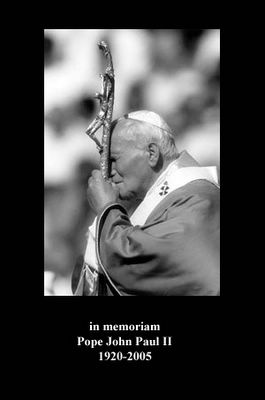The sun is blazing hot outside and it’s freezing cold here inside the lab. My body is on auto-pilot as I complete the list of tasks for the day. My mind however, has gladly detached itself like broken bits of spaghetti scattered all across space and time continuum.
I hate days like this.
tattered and thin
memories he cannot shed
moments he cannot erase
promises unfulfilled
cloak of remnants
Heart bound by her shadows
and it wears him thin
what Love has stolen
and what Love has lost
Time heals on Time's terms
shadows linger
shadows haunt
yet the heart beats on
walk out of the shadows
let me walk with you
grieve not alone
fight not unaccompanied
for I am stolen
I have nothing to lose
of Love I am not weary
This is our time
shadows begone
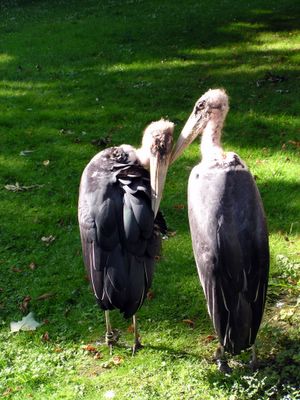
tender love
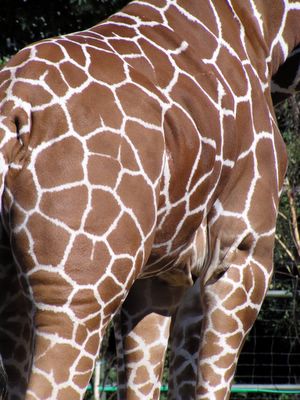
mosaic of life
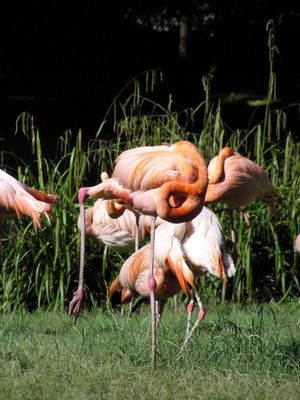
extra 20 winks
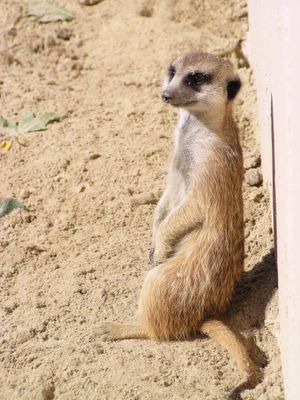
cheeky meerkat
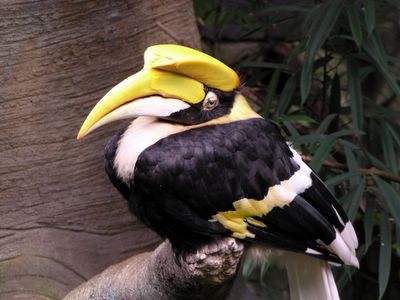
bored hornbill
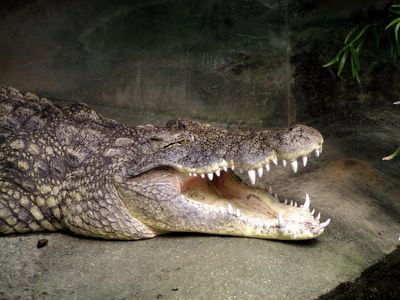
nap a while, crocodile

artists on science: scientists on art
Nature 434, 299 - 300 (17 March 2005); doi:10.1038/434299a
Copyright of Nature Publishing Group
A tale of two loves
The arts and sciences provide complementary ways of looking at the world, argues Alan Lightman
In childhood, I wrote dozens of poems. I expressed in verse my questions about death, my loneliness, my admiration for a plum-coloured sky and my unrequited love for 14-year-old girls. Reading, listening, even thinking, I was mesmerized by the sounds and the movement of words. Words could be sharp or smooth, cool, silvery, prickly to touch, blaring like a trumpet call, fluid, pitter-pattered in rhythm. And, by magic, words could create emotions and scenes. When my grandfather died, I buried my grief in writing a poem, which I showed to my grandmother a month later. She cradled my face with her veined hands and said, "It's beautiful," and then began weeping all over again. How could marks on a white sheet of paper contain such power and force?
Between poems, I did scientific experiments. These I conducted in the cramped little laboratory I had built out of a storage closet in my house. In my homemade alchemist's den, I horded resistors and capacitors, coils of wire of various thicknesses and grades, batteries, switches, photoelectric cells, magnets, dangerous chemicals, test tubes and Petri dishes, Bunsen burners. I loved to find out how things worked.
When my experiments went awry, I could always find certain fulfillment in mathematics. When my maths teachers assigned homework, I relished the job. I would save my maths problems for last, right before bedtime — like bites of chocolate cake awaiting me after a long and dutiful meal of history and Latin. Then I would devour my cake. In algebra, I loved the abstractions, letting 'x's and 'y's stand for the number of nickels in a jar or the height of a building in the distance. I loved solving a set of connected equations, one logical step after another. I loved the shining purity of mathematics, the logic, the precision. I loved the certainty. With mathematics, you were guaranteed an answer, as clean and crisp as a new $20 bill. And when you had found that answer, you were right, unquestionably right. The area of a circle is πr2.Period.
Mathematics and science contrasted strongly with the ambiguities and contradictions of people. The world of people had no certainty or logic. People confused me. My Aunt Jean continued to drive recklessly and at great speed, even though everyone told her she would kill herself. My Uncle Edwin asked me to do a mathematical calculation that would help him run the family business with more efficiency, but when I showed him the result he brushed it aside with disdain. Blanche, the dear woman who worked for our family, deserted her husband after he abused her and then talked about him with affection for years. How does one make sense out of such actions and words?
A long time later, after I became a novelist, I realized that the ambiguities and complexities of the human psyche are what give fiction, and perhaps all art, its power. A good novel gets under our skin, provokes us and haunts us long after the first reading, precisely because we never fully understand the characters. We sweep through the narrative over and over again, searching for meaning. Compelling characters must retain a certain mystery and unfathomable depth, even for the author. Once we have seen to the bottom of their hearts, the novel is dead for us.
There are questions with answers and questions without. Scientists work on questions with answers. Although science is constantly revising itself in response to new ideas and data, at any moment each scientist is working on what is called a 'well-posed problem' — that is, a problem of such a kind and stated with such clarity that it is certain to have a definite answer. That answer may take ten years to find, or a hundred, but an answer exists. By contrast, for artists the question is often more interesting than the answer, and often an answer doesn't exist. How does one answer a question such as "What is love" or "Would we be happier if we lived to be 1,000 years old?" One of my favourite passages from Rilke's Letters to a Young Poet is this: "We should try to love the questions themselves, like locked rooms and like books that are written in a very foreign tongue."
Science has much to offer the arts. When Salman Rushdie spoke to an audience at the Massachusetts Institute of Technology in late 1993, he said: "Many of us writers of my generation have felt that in many ways the cutting edge of the new is to be found in the sciences." Science has always been a source of new ideas, and artists thrive on ideas. Nicolaus Copernicus, Darwin, Einstein, James Watson and Francis Crick have all changed our view of the world and our place in it.
Then, there is the portrayal of the scientist. By now, it is well known that the picture of the scientist as the eccentric personality without human feeling, pursuing truth by the numbers, wearing sterile gloves at all times, is false. But the particular way that a person trained in logical thinking must negotiate his or her way through the illogical world of human passions — that is a subject worthy of art.
The arts and humanities, in turn, offer the sciences an essential store of other ideas, images, metaphors and language. These connections are often subtle. For his highly non-intuitive postulates of relativity, Einstein partly credited the philosopher David Hume's notion that the truths of nature cannot always be arrived at by experiment but sometimes must originate in the mind. The great atomic physicist Niels Bohr compared the invisible nucleus of an atom to an oscillating drop of liquid. Modern string theorists describe the hypothesized smallest constituents of matter and energy, which will probably never be seen by the most powerful instruments, as 'vibrating strings' that 'stretch' and 'break' and 'merge'. Such images, metaphors and vocabulary arise both from direct sensual experience and from the language of artists and humanists who portray that experience. Scientists, in turn, must use the same language to describe their extreme worlds, far beyond sensual experience, because no alternative exists except for mathematical equations.
It seems to me that the most important gift the sciences and the arts have to offer each other is a recognition and synthesis of their different approaches to thinking, their different ways of being in the world. When these differences come together, often uneasily, we witness the full complexity and the mystery, and ultimately the grandeur, of being human. What makes Michael Frayn's Copenhagen so powerful, in part, is the unspoken contrast between the neat world of atomic physics, where one can solve mathematical equations for wavefunctions and the neutron mean free paths, versus the world of politics, war and ethical dilemmas. And in the film A Beautiful Mind, the precision of John Nash's mathematical mind forms a disturbing counterpoint to the confusion in his hallucinatory illusions. When I was writing Einstein's Dreams, I resisted the urge to make each dream world, with its own theory of time, logically consistent. My Einstein, the most celebrated envoy of rational thought, was also a dreamer, a person of deep loneliness, struck with the frailties and urgencies of the human heart — indeed a scientist who might have failed to achieve what he did without his sometimes irrational personal commitments and passions.
Somehow, we human beings have a wondrous capacity for being both rational and irrational, detached and passionate, deliberate and spontaneous, craving of certainty and uncertainty, seeking questions with answers and questions without. We are a splattering of contradictions. In my own case, I have always felt these juxtapositions as a creative tension necessary for my work, a continual rumbling in my gut, an unsettled joy.
Alan Lightman is a physicist and adjunct professor of humanities at the Massachusetts Institute of Technology in Boston. He is the author of four novels, including Einstein's Dreams (1993), which has been adapted for numerous theatrical and musical productions. He has published two collections of essays and six non-fiction books about physics and astronomy. His latest book, The Discoveries, about the great scientific discoveries of the twentieth century, will be published by Pantheon Books in November 2005.


